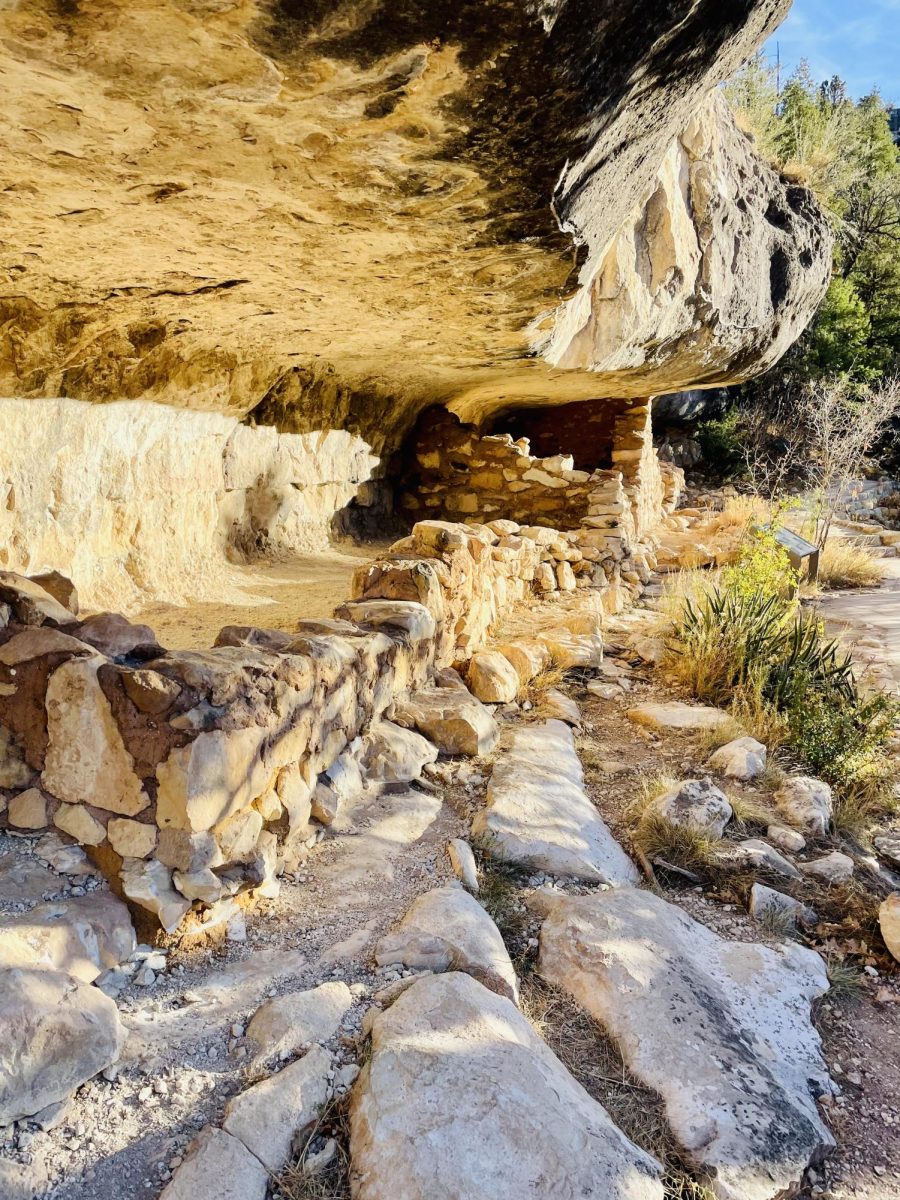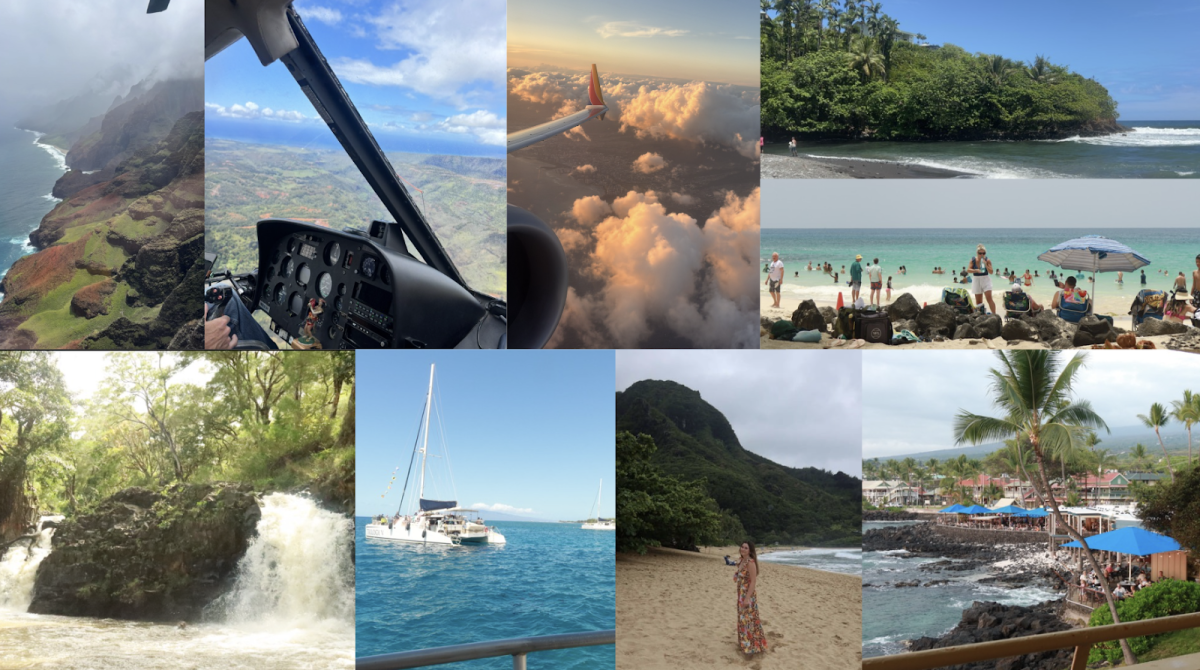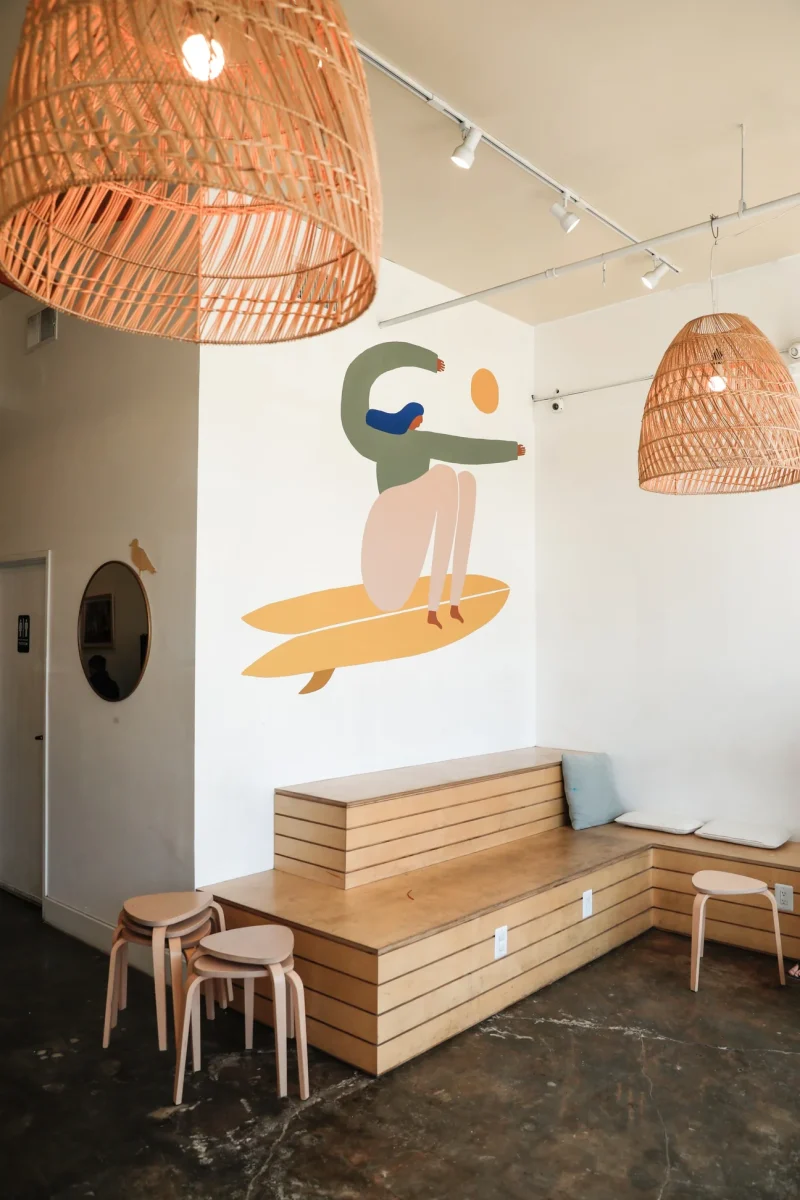Four hundred years ago, in Arizona’s desertic and rocky lands, the cliffs thrived with Native American life. Some sites and National Monuments are arguably better and more entertaining than Mesa Verde National Park. Mesa Verde is a cave in a mesa (a tall and steep mountain with a flat plateau at the top) where one can find a native city still intact with constructions similar to adobe-style houses all over the Southwest. Now, topping that is an exploit in itself due to the national park’s beautiful and mesmerizing nature, but Walnut Canyon National Monument near Flagstaff, Arizona, is jaw-drop gorgeous.
This special place is a mere 8.5 miles away from Flagstaff, a typical tourist destination. The views of pine tree-lined cliffs are extraordinary, especially at sunset. Not only is the scenery to die for but so are the archeological riches. Arizona is peppered with sites like these, but this is one of the only places where one can enter the past homes of the natives. It truly adds to the experience which is missing in Mesa Verde. Especially during the winter, much of the National Park is closed to the public due to blocked roads due to ice and snow. One can only see the cliff-side homes from the other side of the canyon! However, everyone can visit Walnut Canyon all year because of its overhanging mountainside and accessible nature.
Additionally, this area is rarely visited by the public, so there should be no fears about it being overcrowded, contrary to many national parks. It is also close to other world-famous national monuments like Monument Valley National Monument, located in the Navajo Reserve near the Four Corners (the intersection between Utah, Arizona, Colorado, and New Mexico). It is a manageable four-hour drive from the canyon.
Some four hundred years ago, the Native Americans of the Sinagua tribe were threatened by nearby volcanic eruptions. As a result, their homes were in ruins, and the natural resources around them were destroyed. Because of this terrible incident, they moved and followed the animals. At the end of their journey, they came across a steep canyon with a river at the bottom, pine pinion trees, a multitude of tart berries, and many animals at the bottom, including blue-jays, warthogs, and squirrels, just to name a few. This was a perfect place for settlement, so they started carving into the cliff face. When the crevices in the cliffs were complete, they put small mud-brick and clay walls up in front to insulate with a genius way to release the smoke from the cooking fires. The natives developed a system of steps where one would never have to go up or down the treacherous climb, and everyone lived on their level. The bottom level was storing food and water as it was the closest to the resources.
Regrettably, two hundred years later, in the 1800s, American explorers found these homes abandoned but full of corn cobs, seeds, needles, clothes, etc. They then destroyed a few with pickaxes and shovels to take home souvenirs. Although this is catastrophic news for archeologists, it gives us a good lesson about respecting the environment around us.
This beautiful monument withstood some destruction but is still incredibly open to exploration and visitors all year. The pine-covered cliffs are a go-to destination for any trip in the southwest and are surrounded by other unique destinations.







